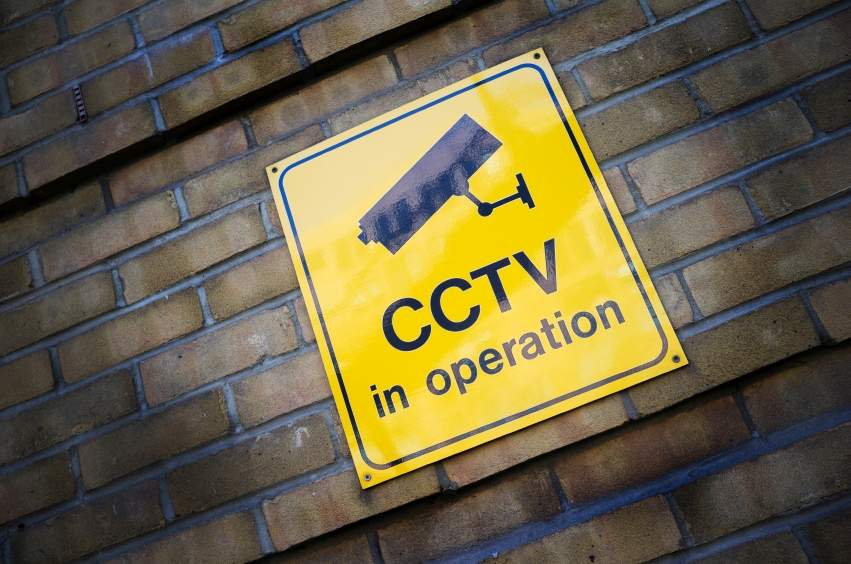
Small family-run abattoirs are struggling to install CCTV as part of a new Government law demanding compulsory installation.
Legislation to make CCTV cameras mandatory in slaughterhouses in England to safeguard animal welfare was laid out by Defra Secretary Michael Gove last year.
The law, introduced in May 2018, gives the Food Standards Agency’s (FSA) Official Veterinarians (OVs) unfettered access to the last 90 days of footage to help them monitor and enforce animal welfare standards.
But the UK’s smallest abattoirs are currently facing an unprecedented crisis, according to the Sustainable Food Trust (STF), and many of them are losing money and find it hard to see how this will change.
This means that a significant proportion of those that have not yet installed CCTV need Government assistance to prevent them being forced to close.
'More pressure'
The STF said it recognises the potential benefits of CCTV in abattoirs in preventing welfare abuses but is calling on animal rights and animal welfare groups which have complained that some abattoirs have not yet installed CCTV, to recognise the problems currently faced by many smaller abattoirs.
Richard Young, SFT policy director said: “Animal welfare groups are not acting in the best interests of animal welfare in piling yet more pressure on the few remaining small abattoirs that have still to install CCTV.
“I fully understand their concern about the factory scale of the slaughtering industry and the abuses that have occurred, and it is clear that the Government is very sensitive to their demands.”
He added: “But they are actually helping to drive the last few small abattoirs out of business. These are small family-run businesses where animals are treated as individuals and do not have to endure long journeys.”
Small abattoir decline
There are now only 56 small red meat abattoirs left in the UK, with a third having closed between 2007 and 2017 and a further seven closing this year.
Small abattoirs slaughter very small numbers of animals, but provide an essential service to producers of high welfare local meat, for which public demand is growing.
The crisis is due in part to a collapse in the value of hides and skins, with small abattoirs currently being paid as little as £4.50 for cattle hides and 10p for sheep skins, compared with £35 and £6.50 respectively a few years ago.
At the same time, waste disposal costs for most small abattoirs have increased significantly due to consolidation in the rendering industry and higher minimum charges for small quantities.
Small abattoirs also face a range of other costs which make it difficult for them to compete economically with large slaughterhouses.
This puts small abattoirs at a major disadvantage compared with the large slaughterhouses which process animals for multiple retailers.
Large slaughterhouses have received tens of millions of pounds of public money in grants and also benefit from economies of scale, but the animals they slaughter generally travel many hundreds of miles at the cost of their welfare and the environment.
The SFT is calling for small abattoirs to be recognised as a ‘public good’ and for grants to be made available to help with the cost of installing CCTV and additional structural improvements.
